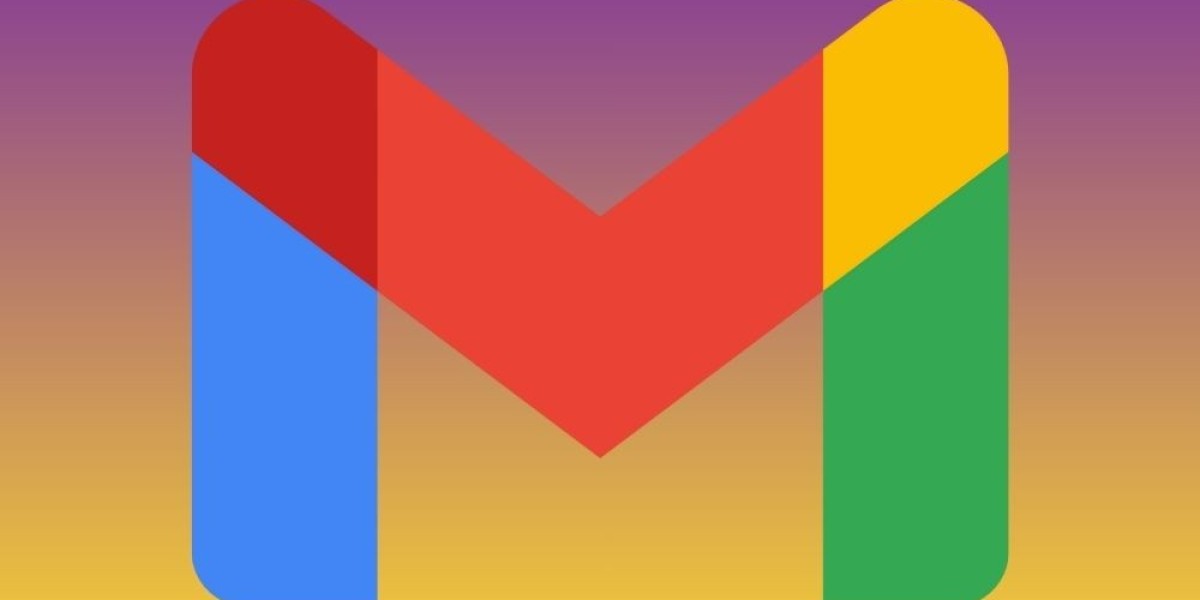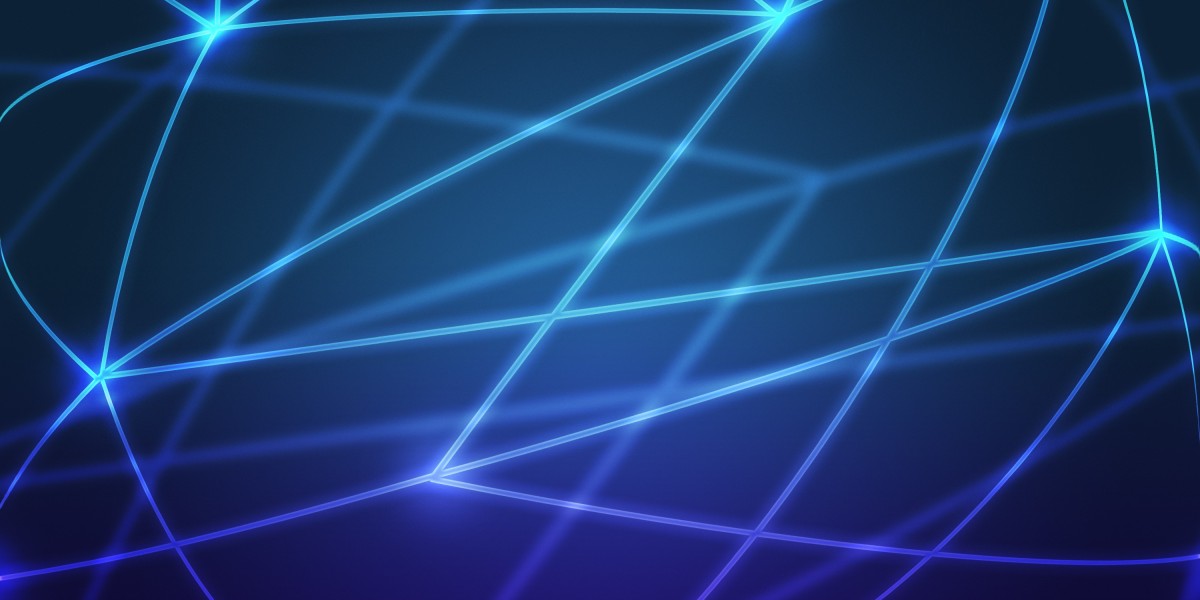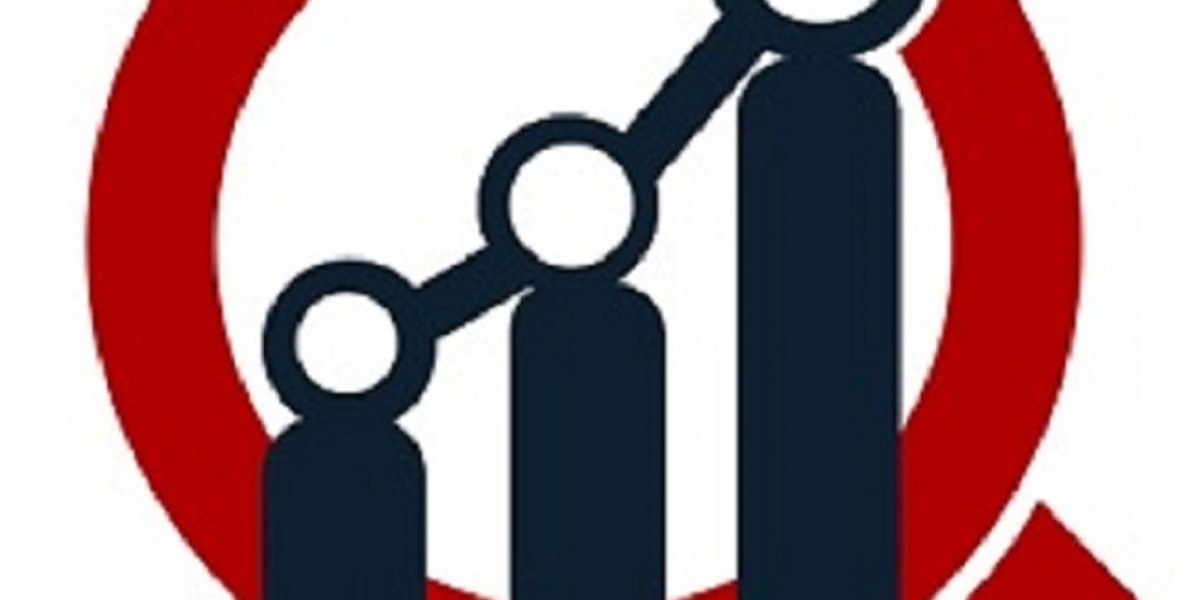In today’s fast-paced digital environment, effective team collaboration is vital for productivity and success. Whether your team works remotely or in the same office, having the right tools can make all the difference. Gmail, part of Google’s Workspace suite, is not just an email service — it’s a powerful platform for communication, collaboration, and organization.
This guide will walk you through how to use Gmail effectively for team collaboration, covering tools, features, and best practices to help your team work smarter and stay connected.
1. Use Google Workspace for Professional Team Email
For teams and businesses, Gmail works best when integrated with Google Workspace (formerly G Suite). It allows your organization to create custom email addresses (e.g., yourname@yourcompany.com), providing a professional identity for your team.
Benefits of using Gmail with Google Workspace:
Centralized admin control
Shared storage and integrated apps
Enhanced security and backup
Custom domain branding
Setting up Gmail through Google Workspace ensures every team member has access to essential tools like Google Drive, Meet, Calendar, and Chat — all seamlessly connected to Gmail.
2. Organize Communication with Labels and Filters
Team inboxes can easily get messy with hundreds of daily emails. Gmail’s Labels and Filters help keep everything organized.
Labels: Act like folders but are more flexible. You can tag emails with labels such as “Marketing,” “Projects,” or “Finance.”
Filters: Automate how incoming emails are sorted. For example, emails from your manager can automatically go to a “Priority” label.
Encourage your team to use consistent labeling conventions. This keeps everyone aligned and ensures that no important message gets lost in the clutter.
3. Collaborate Using Google Chat and Spaces
Instead of switching between multiple messaging apps, teams can use Google Chat — integrated directly inside Gmail.
Direct Messages: Communicate quickly with team members.
Spaces: Create topic-based group chats (for projects, departments, or clients).
File Sharing: Attach documents directly from Google Drive.
This integration allows your team to discuss, share, and follow up on projects without leaving Gmail. Spaces also maintain message history and tasks, making collaboration smoother.
4. Schedule and Manage Meetings with Google Calendar
Effective teamwork requires synchronized schedules. Gmail seamlessly connects with Google Calendar, making it easy to organize meetings.
Add events directly from an email invite.
Share calendars with your team for transparency.
Use “Find a Time” to schedule meetings when everyone is available.
Send reminders and meeting details automatically.
When an email mentions a date or time, Gmail even suggests creating a Calendar event instantly — saving time and ensuring nothing slips through the cracks.
5. Share and Collaborate on Documents with Google Drive
Gmail and Google Drive work hand-in-hand for document collaboration. Instead of attaching large files, you can share Drive links with proper permissions.
Team benefits:
Multiple people can edit the same document in real time.
All changes are automatically saved in the cloud.
Files remain accessible from any device.
You can track version history and restore previous edits.
Drive integration ensures that teams always have access to the latest version of documents, spreadsheets, or presentations without email overload.
6. Use Smart Compose and Templates for Efficiency
Team communication often involves repetitive responses — status updates, follow-ups, or acknowledgments. Gmail’s Smart Compose and Email Templates help streamline this process.
Smart Compose predicts and completes sentences as you type.
Templates allow you to save frequently used messages and send them with a click.
These features boost productivity by reducing typing time and ensuring consistent communication across the team.
7. Enable Delegated Access for Shared Inboxes
Many teams manage shared email accounts like support@company.com or info@brand.com. Gmail’s delegated access feature allows multiple users to access the same inbox without sharing passwords.
Delegates can:
Read, send, and delete messages
Manage emails on behalf of the account owner
Keep activity transparent
This is ideal for customer support, HR, or administrative teams that need joint access to one account.
8. Keep Team Communication Secure
Security is critical for team collaboration. Gmail provides multiple layers of protection to safeguard sensitive data.
Key security measures to implement:
Two-Step Verification: Adds an extra login layer beyond passwords.
Confidential Mode: Sends time-sensitive or restricted emails that can’t be forwarded or downloaded.
Phishing Protection: Gmail automatically detects suspicious emails and warns users.
Admin Controls (Google Workspace): Allows IT admins to monitor account activity and set access restrictions.
Regularly educate your team on email security best practices — avoiding suspicious links, verifying senders, and updating passwords frequently.
9. Integrate Third-Party Apps for Collaboration
Gmail supports integrations with dozens of productivity tools, including:
Trello – for project management
Slack – for communication sync
Zoom – for video conferencing
Asana – for task tracking
HubSpot or Salesforce – for CRM management
Adding these apps to Gmail helps your team centralize workflow, reduce app-switching, and manage projects directly from the inbox.
10. Manage Tasks and Follow-Ups Inside Gmail
Gmail now includes Google Tasks, a built-in to-do list for managing follow-ups and action items.
Add tasks directly from emails with a single click.
Set deadlines and reminders.
Sync tasks with your calendar.
Encouraging your team to maintain shared task lists ensures accountability and helps everyone track progress on key deliverables.
11. Use Chat and Meet Integration for Real-Time Collaboration
When quick decisions are needed, switching from email to a call is simple. Gmail integrates Google Meet, allowing you to start or join meetings directly from your inbox.
Click the “Meet” tab in Gmail to start video meetings instantly.
Invite team members directly via email.
Share screens, collaborate, and record sessions for future reference.
This real-time collaboration feature enhances productivity and keeps communication flowing smoothly across departments.
12. Maintain Email Transparency with Threaded Conversations
Threaded conversations group related replies under one email chain, keeping discussions organized. Encourage your team to reply within the same thread instead of starting new emails.
This makes it easier to follow the context of discussions and reduces inbox clutter.
Conclusion
Gmail is much more than an email platform — it’s a complete collaboration ecosystem when used effectively. By combining Gmail with tools like Google Drive, Calendar, Chat, and Meet, teams can streamline communication, share resources, and stay aligned on projects in real time.
From smart organization tools and email templates to security features and team integrations, Gmail empowers businesses to collaborate efficiently in a secure and structured environment.
When used strategically, Gmail transforms from a simple inbox into a powerful collaboration hub that fuels teamwork, productivity, and business growth.








